Sustainability matters now. We design products with care. Our choices today define tomorrow’s environmental load and human well‐being. Let us learn what sustainable design means, why it is vital, and how to build smarter, greener products.

What Is Design for Sustainability?
Design for Sustainability (DfS) makes products, services, and systems with low harm to nature. Designers choose materials and methods from start to finish. They reduce waste and pollution at each step. The European Commission tells us that design locks in up to 80% of a product’s impact.
DfS falls under a group called Design for Excellence (DfX). Here, sustainability leads the way. Materials, processes, and business models get picked to boost both planet health and human care.
Why Is Sustainable Design So Important?
The need is urgent.
• Natural resources thin out.
• Pollution and loss of life grow fast.
• Consumers once picked cheap, easy goods without thought.
Now, designers and makers hold the main role. Sustainable design cuts waste, lowers carbon, and pushes reuse. These actions keep profit and planet in balance.
The Shift: Linear vs Circular Economy
The old way is linear: extract → use → throw. It makes much waste. The circular economy, however, works by reusing, refurbishing, and recycling. This method cuts waste and saves energy. It uses design ideas like biomimicry, cradle-to-cradle, and the 4Rs: Reduce, Reuse, Repair, Recycle.
Core Principles of Design for Sustainability
1. Think in Systems
Know how your product links with nature and society. See each effect along its path of life.
2. Dematerialisation
Cut down on materials and energy.
• Make products small.
• Simplify parts.
• Skip bulky packaging by using less or recycled wraps.
3. Modular Design
Build parts so they can fix, change, or live on. Do not throw out whole products when one piece fails.
4. Prefer Renewable and Natural Materials
Pick bamboo, hemp, or recycled matter. These choices are kinder to the earth.
5. Design for Longevity
Make products that last long. Good design stands beyond trends.
6. Support Circular Business Models
Work with models where goods are shared, leased, or rented. This push makes repair, reuse, and care common.
7. Limit Long-Distance Outsourcing
Short transport routes reduce carbon and help local trade.
How to Ensure You’re “Doing the Right Things” and “Doing Things Right”
Ask clear, honest questions.
• Do we need this product?
• Who wins, and who may lose?
• Is care for nature more than mere profit or style?
Once the purpose is pure, do things right. Use less energy. Use fewer materials. Plan for repair, reuse, or recycling. Lean on renewable sources.
Practical Takeaways to Apply Today
• Check product paths early. Look at raw inputs and end-of-life care.
• Use the 4Rs. Make products that reduce waste, allow reuse and repair, and fit recycling.
• Try simulation tools. See the likely nature impact before production.
• Work with others. Link with suppliers, buyers, and recyclers to build green chains.
• Talk and teach. Show that care for nature must guide your work.
Final Thought
Design for Sustainability stands as a strong guide. It helps make products that care for both people and nature. With a focus on eco-friendly design, creators lead us toward a circular economy, healthy communities, and a vibrant earth for our future.
Explore More:
- Fractory’s Guide on Design for Sustainability
- Econation’s Deep Dive on Sustainable Design Principles
- UNEP’s Step-by-Step Manual for Ecodesign
Your journey toward greener design starts with clear and careful choices. Together, we build a sustainable future—one design at a time.
At Design Delight Studio, we’re committed to sustainable living and ethical fashion. Every article reflects our passion for mindful choices that empower both people and the planet.
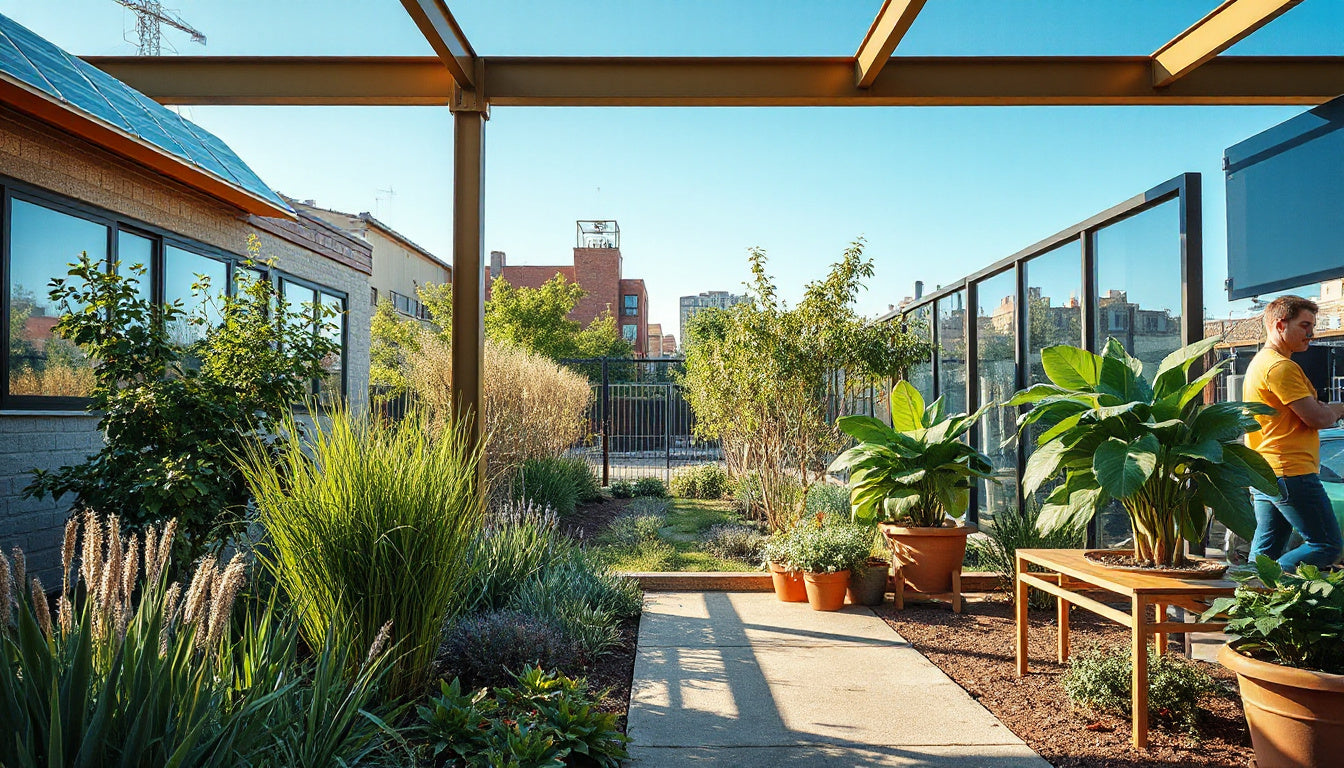

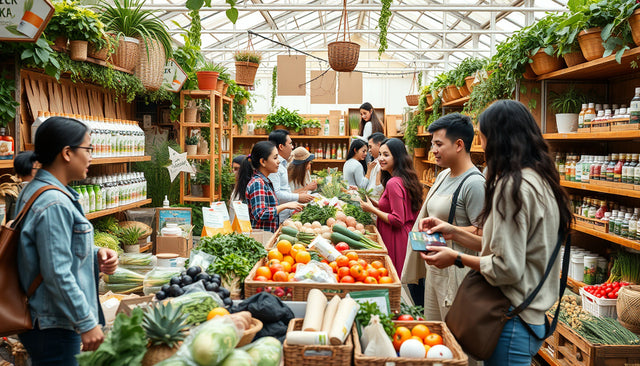
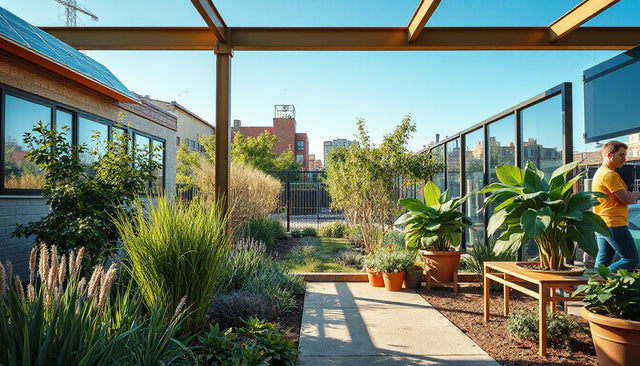

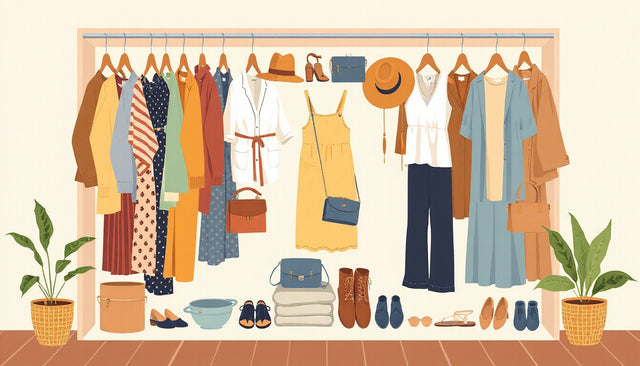
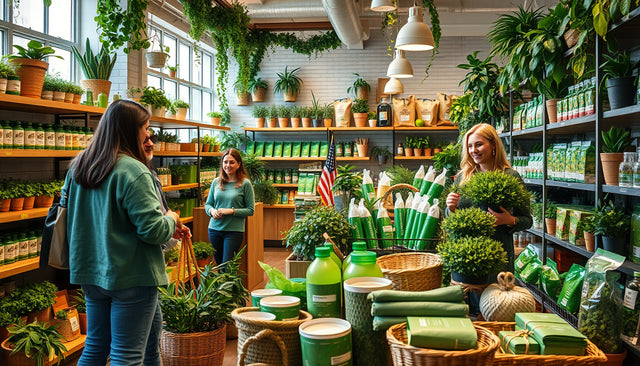















0 条评论